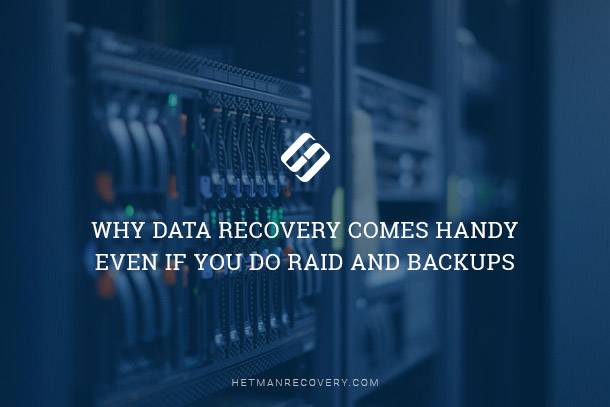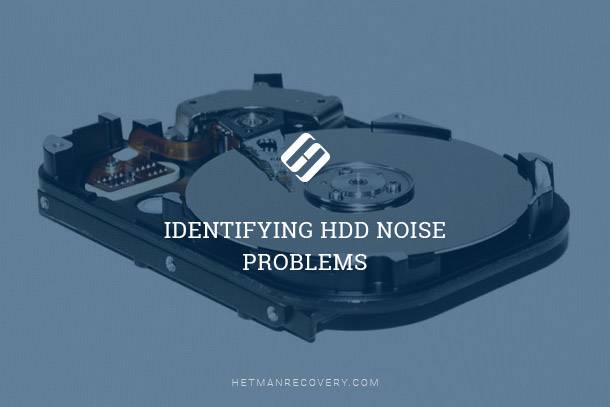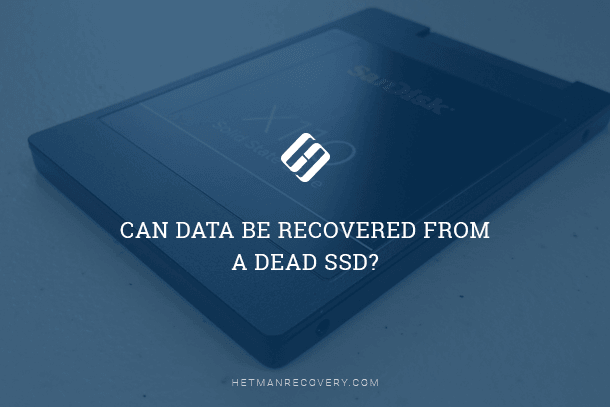The Importance of Data Recovery Despite RAID and Backups
Many believe that RAID setups and backups provide foolproof protection against data loss. However, the reality is that data recovery remains essential even in such scenarios. In this article, we debunk the myth that RAID and backups make data recovery irrelevant, exploring why it’s crucial to have robust data recovery strategies in place regardless of redundancy measures. Whether you’re a business owner or a tech enthusiast, understanding the importance of data recovery is vital for ensuring the resilience of your data. Learn why data recovery matters, even with RAID and backups!

- Method 1. Fault Tolerant Systems
- Method 2. Redundant Storage and RAID Arrays
- Method 3. Backup Plans
- Data Recovery Tools Comparison
- Questions and answers
- Comments
Method 1. Fault Tolerant Systems
Many businesses relying on a working IT infrastructure are getting computers with an additional level of robustness. Sony, Toshiba, Hitachi, Samsung often advertise these as “fault tolerant”, meaning they are likely to continue working as a whole even if one or more of their components fail. With regards to information storage, fault-tolerant systems are commonly employing either distributed data storage or RAID arrays, or both, to ensure that even if one or several hard drives fail, the storage subsystem continues working and serving read and write requests. Unlike ‘normal’ PCs that are likely to fail as a whole in an event of even a small failure fault-tolerant systems will just go on and on even if some of their parts fail.

🏆 How to Recover a Crashed RAID 5EE After Controller Failure or Multiple Disk Failure 🏆
So why do we need data recovery tools if the storage system is seemingly bullet-proof? The answer lies in the kind of fault-tolerance delivered by these systems. While the system will continue working even if one or more hard drives fail, the ‘fault tolerance’ will only protect against hardware failures, and will do nothing or very little to ensure logical integrity of the data.
A software failure, file system crash, a virus attack, employee misconduct, malicious activities or plain user error will render all instances of user data equally unusable or inaccessible on all hard drives on a logical level, while everything may just work fine on a physical level. Logical errors are best mitigated with a proper data recovery tool such as Hetman Partition Recovery, a program that can recover files and folders from hard drives with damaged, corrupted or missing file systems.
Method 2. Redundant Storage and RAID Arrays
Organizations with limited budget as well as many home users will often limit the ‘fault tolerant’ bit of their computers to assembling a redundant storage subsystem. RAID arrays are part of the strategy used by computer builders to assemble a partially fault-tolerant system.
RAID arrays, if used per se, will only provide partial resistance to hardware failures. While one or more hard drive failures may be tolerated, a failed RAID controller will render the whole system unusable.
As is the case with true fault-tolerant systems, a RAID array will only deliver limited protection against a physical failure of one or more hard drives comprising the array. Even the best RAID will not protect against a file being accidentally deleted, or a virus wiping the Documents folder clear, or an application failure rendering the file system corrupted and the entire volume inaccessible. A recommendation to become familiar with a good data recovery tool (such as Hetman RAUD Recovery) stands even truer in the case of redundant RAID arrays.

How to Recover RAID 6 Data After Three Disks Fail, the Controller Breaks Down, or the Array Rebuilt
Method 3. Backup Plans
A concise backup plan will definitely lower the pressure of keeping your data safe. Implementing and meticulously following a backup policy allows restoring information even in a case of logical corruption. However, using a data recovery tool to undelete a file just erased from the Recycle Bin is plain simpler, faster and far easier than obtaining the same file from a backup. If you have a working backup policy in your organization, a simpler, easier undelete tool may come handy – such as Hetman Uneraser.

🔥 How to Recover Files Deleted From Windows Recycle Bin or With Shift + Del in 2021 ⚕️
Data Recovery Tools Comparison
| Criterion | Hetman Partition Recovery | Hetman RAID Recovery | Hetman Uneraser |
|---|---|---|---|
| Purpose | Recovery of deleted files, partitions, data from damaged or formatted disks, and virtual machine disks. | Data recovery from RAID arrays, servers, and NAS devices. | Quick recovery of accidentally deleted files from any devices. |
| Supported File Systems | FAT/exFAT, NTFS/ReFS, APFS/HFS+, Ext2/3/4, ReiserFS, Btrfs, VMFS, Hikvision, XFS/UFS/ZFS. | FAT/exFAT, NTFS/ReFS, APFS/HFS+, Ext2/3/4, ReiserFS, Btrfs, VMFS, Hikvision, XFS/UFS/ZFS. | FAT/exFAT, NTFS/ReFS, APFS/HFS+, Ext2/3/4/ReiserFS, XFS/UFS. |
| Supported Devices | HDD, SSD, USB drives, memory cards, external drives, virtual machine disks. | RAID 0, 1, 5, 6, 10, JBOD, NAS, HDD, SSD. | HDD, SSD, USB drives, memory cards. |
| RAID Support | No. | Yes, supports complex RAID configurations. | No. |
| Deep Analysis | Yes, for complex cases. | Yes, for RAID data analysis and recovery of damaged arrays. | No, only basic recovery. |
| Compatibility | Windows, Linux, macOS. | Windows, Linux, macOS. | Windows, Linux, macOS. |
| Target Audience | IT specialists, advanced users, companies. | System administrators, data specialists, corporate users. | General users, photographers, enthusiasts. |








